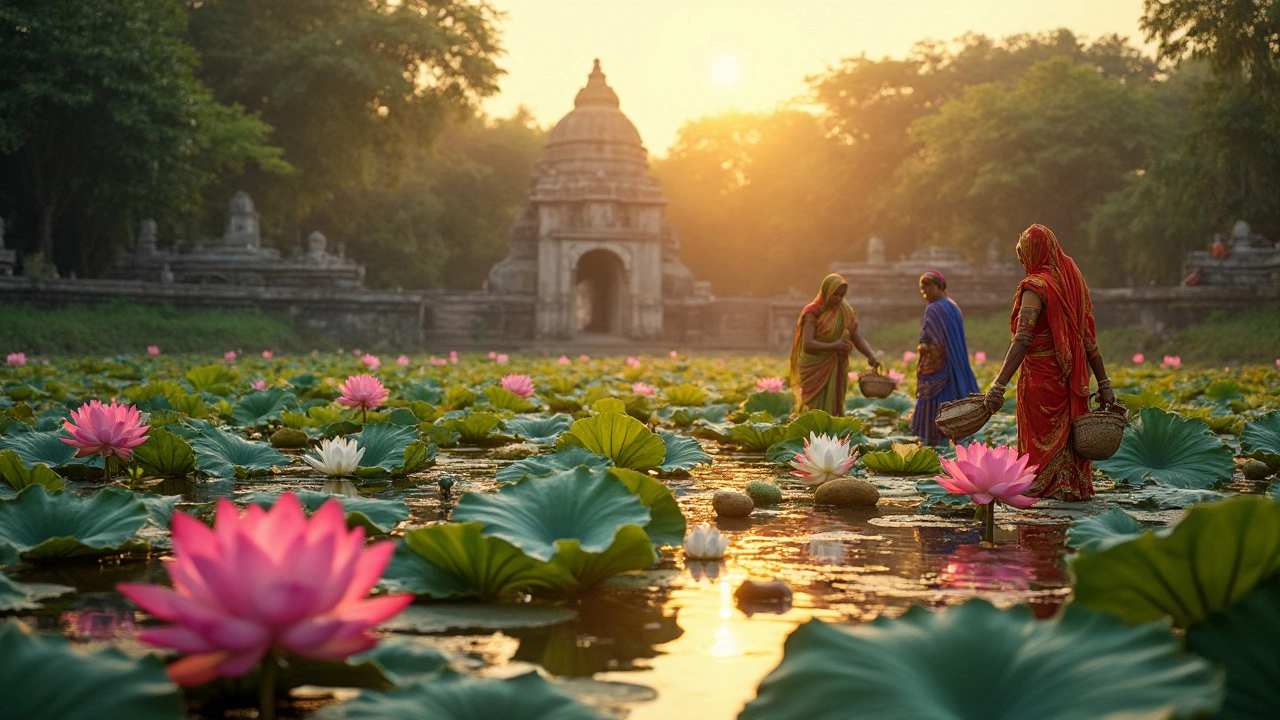Curious about India’s national flower? This article dives into the story behind the lotus and why it holds such a special place. Learn surprising facts, see what makes it thrive, and get practical tips if you want to grow your own. We’ll unpack the cultural side too—because in India, the lotus is so much more than just a pretty plant. Perfect if you want to know how this flower fits into daily life and different seasons.
India National Flower: The Lotus and Other Iconic Indian Blooms
When people ask what the India national flower, a sacred and culturally significant bloom officially recognized by the Government of India. Also known as lotus, it is more than just a pretty plant—it’s a symbol of purity, resilience, and spiritual depth across Hindu and Buddhist traditions. You’ll find it carved into ancient temples, painted on currency, and floating in ponds from Kerala to Kashmir. Unlike many flowers that wilt under heat or monsoon rains, the lotus thrives in muddy waters yet stays clean and bright, making it a perfect emblem for India’s enduring spirit.
The lotus, a water-lily species native to South Asia, scientifically known as Nelumbo nucifera isn’t the only flower that defines Indian gardens. Nearby, jasmine, a fragrant white bloom deeply tied to daily rituals and festivals wraps around hair, adorns weddings, and fills the air at dawn. Then there’s the hibiscus, a bold, colorful flower often offered in temples and grown in backyard plots across rural India. These aren’t just ornamental—they’re woven into the rhythm of life. Farmers plant them near fields for pollinators, families grow them on terraces for evening prayers, and street vendors string them into garlands sold by the hour. Each has adapted to India’s extreme seasons: scorching summers, torrential rains, and short, cool winters.
What makes these flowers special isn’t just how they look, but how they survive. The lotus doesn’t need rich soil—it grows in shallow water, its roots anchored in mud that would choke most plants. Jasmine blooms year-round in warm regions, and hibiscus can bounce back after heavy rains. You’ll find them all in the posts below: guides on growing them in small spaces, how to care for them without chemicals, and why they outperform imported varieties in Indian climates. There’s also insight into why some flowers, like hydrangeas, struggle here, while native species thrive without fuss. Whether you’re planting on a balcony in Mumbai or a backyard in Punjab, understanding these flowers means working with nature, not against it.
Below, you’ll find real, practical advice from gardeners who’ve learned through trial and error—how to get your lotus to bloom, why jasmine needs less water than you think, and which flowers keep color through India’s toughest months. No fluff. No theory. Just what works.
